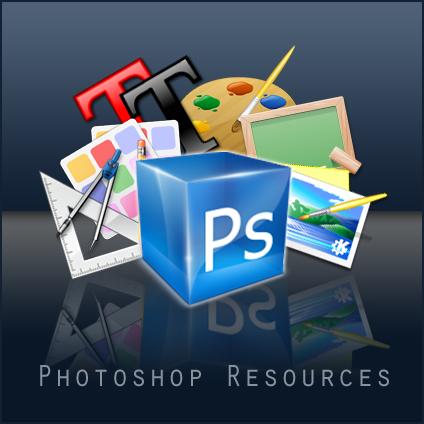What are the differences between adobe photoshop and adobe illustrator? Produced by the same company, there are some that say the difference between the two programs is small. In actuality, adobe illustrator takes some key elements of adobe photoshop to the next level and beyond.
Abobe photoshop is a very popular program used by digital photographers around the world. The abundance of
photoshop tips and tutorials make this a very easy program to learn and to use. Photoshop can be used to take any existing image and give it a professional, polished looked. Borders can be added and pictures tweaked to look better than any digital camera could make possible. Almost anything you can imagine doing to a picture is capable when using adobe photoshop.
Abobe illustrator is a different program entirely. Illustrator is a vector-based drawing program that allows you to create your own unique graphics. Adobe illustrator graphics can be used in print, online, in video, and even on your cell phone. Want to create your own background for your cell phone? It’s possible when you have adobe illustrator, and something that can’t be done with photoshop alone.
Both programs are vastly talked about on the web. You will find a huge array of photoshop tutorials and illustrator tutorials, illustrator and photoshop tips. Forums, chat rooms, and discussion groups that focus on both programs are also abundant on the web. Once you start looking, you’ll find more and more information on adobe photoshop and adobe illustrator.
While photoshop does have some photoshop drawing and vector art tools, the tools are nothing compared to what is available on adobe illustrator. With a vast array of templates that can help you get started and a number of different drawing tools, you can create your own unique graphics and artwork using adobe illustrator. You can create unique graphics with photoshop, but you must start with a base image and your tools are limited in comparison to adobe illustrator. For the serious graphic designer, adobe illustrator is the best program to use. However, if your drawing needs are small, photoshop will probably work just as well.
Photoshop tutorials do not extensively cover photoshop drawing, and you’ll have to look for some photoshop drawing specific tutorials to find truly useful information. Photoshop tips pages mention little regarding photoshop drawing and vector art tools. However, to make your digital images look perfect adobe photoshop is the perfect tool for you. Once you learn how to use photoshop to make your images perfect, you won’t be able to stop yourself from “fixing” every digital image that you use.
Adobe illustrator is a different program. Where photoshop helps you create a unique look using existing images, illustrator helps you create your own brand-new images. In graphic design, adobe illustrator may be one of the best and easier tools you can use. The software is user friendly and tutorials to help you use illustrator better are all over the Internet. Whatever you need to learn about adobe illustrator, there’s a tutorial for that.
There’s no reason you cannot work with both adobe photoshop and adobe
illustrator to create brand new images or polish existing ones. The two programs have some basic, shared components, so by mastering one you will already have a working knowledge of using the other. To make your images as stunning as possible or to create graphics that no one else has seen before, you can use both adobe photoshop and illustrator. There is no reason to pick between the two and use only one program if you have uses for both. Because the two programs and their uses are so different, it’s probably preferable to use both adobe programs for your digital photography and image creations.
In their own unique ways, adobe photoshop and adobe illustrator and great additions to your existing software. Each program has vast uses for the digital photographer and graphic designer, and you’ll find that both are equally useful when it comes to creating the best and most sophisticated images. Tutorials, photoshop tips, and adobe illustrator information that you’ll find online make using these programs quick and easy. The more you use these adobe programs, the more you’ll want to use them. Who knows what you’ll create next?
This article was written by Kevin M. Sugrue the creator of FreePhotoshopZone.com! Free Photoshop Zone offers free photoshop tutorials and free photoshop articles! To visit our site go to http://www.freephotoshopzone.com.
Article Source: http://EzineArticles.com/?expert=Kevin_M._Sugrue







